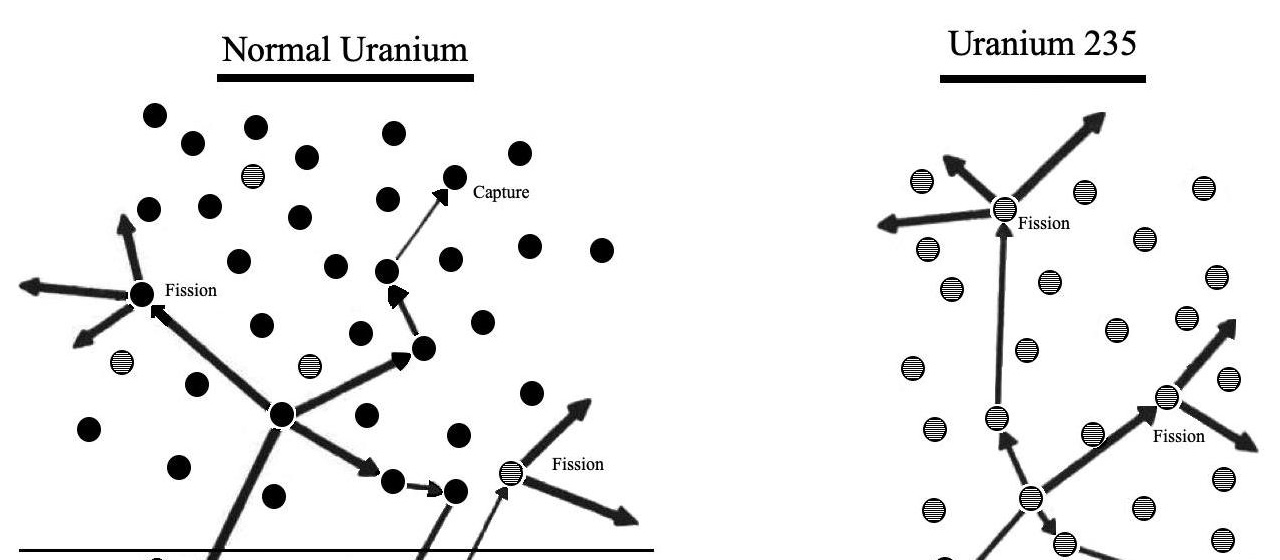Ahnenerbe
The Ahnenerbe was created by Heinrich Himmler in 1935 to study the ancestral roots and culture of Aryans, which they did through the research of German folk tales, geographic locations, and the like. This research institute intended to share their findings with the public through media, exhibits, and meetings. The Ahnenerbe gave those with an interest in the occult sciences and pseudoscientific theories a platform. Its researchers tended to focus more on providing ‘studies’ that backed up the NSDAP’s position on race rather than actual facts. One such pseudoscientific theory that was looked into was the cosmic ice theory, for which Himmler created its own meteorological division. Ahnenerbe translates literally to ‘ancestral heritage’ in English. This research institute intended to share their findings with the public through media, exhibits, and meetings.
Key Members
Yrjö von Grönhagen
A Finnish nobleman with a wealth of knowledge about Finnish folklore, Grönhagen and Himmler met by chance on the way to Helsinki. During his time in the Ahnenerbe, one of Grönhagen’s most significant contributions was the research done during his time studying Karelian culture in Finland with musicologist Fritz Bose in 1939. This research was focused around Karelian folk songs, which tended to be either enchantments or telling folktales. Himmler became enthralled in this and sought to use the research to further both Aryan supremacy and the ancient relationship between Finnish and Germanic peoples.
Werner Müller
Werner Müller joined the Ahnenerbe and was appointed head of its geolocation and landscape research division in 1937. He had a longstanding interest in racial and ethnic studies, particularly of the so-called Indo-Germanic people. This included Aryans and Native Americans, the latter of which Müller studied after World War I.
Herman Wirth
A Dutch occult scientist and historian of Nordic runes, Wirth helped Himmler in his formation of the Ahnenerbe and was president until 1937. He promoted erfgoed, which one could argue was a Dutch version of völkisch thought. Wirth, like many of his contemporaries, promoted cosmological spirituality, but his main focus was on Atlantis. His obsession with runes brought him to Sweden and other parts of Northern Europe.
Literature
Heather Anne Pringle. The Master Plan: Himmler's Scholars and the Holocaust. Hyperion, 2006.
Horst Junginger. “Religion, Myth and Ideology.” Method & Theory in the Study of Religion, vol. 25, no. 2, Brill, 2013, pp. 161–67, http://www.jstor.org/stable/23555861. [Talks about Werner Müller and his role in the Ahnenerbe as head of the division of geolocation and landscape research.]
Hanneke Ronnes, and Tamara van Kessel. “Heritage (‘Erfgoed’) in the Dutch Press: A History of Changing Meanings in an International Context.” Contributions to the History of Concepts, vol. 11, no. 2, Berghahn Books, 2016, pp. 17, http://www.jstor.org/stable/26396262. [Tells us about Ahnenerbe in general as both a concept and an organization.]
Robert Jay Lifton. The Nazi Doctors: Medical Killing and the Psychology of Genocide, Basic Books, Inc., Publishers, New York, New York, 1986, pp. 279n, 284-87. [Himmler created a meteorology division in the Ahnenerbe with hopes of proving the cosmic ice theory. Talks about Ahnenerbe and Hygienic Institute in later passages.]
Manfred Nagl. “SF, Occult Sciences, and Nazi Myths.” Science Fiction Studies, vol. 1, no. 3, SF-TH Inc, 1974, pp. 185–97, http://www.jstor.org/stable/4238861.
Bernard Mees. “Hitler and Germanentum.” Journal of Contemporary History, vol. 39, no. 2, Sage Publications, Ltd., 2004, pp. 261, http://www.jstor.org/stable/3180724.



